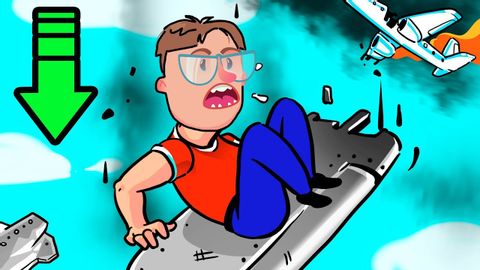
字幕と単語
飛行機からの自由落下で生き残るための唯一の方法 (The Only Way to Survive a Free Fall from Plane)
00
jung が 2021 年 01 月 14 日 に投稿保存
動画の中の単語
squeeze
US /skwiz/
・
UK /skwi:z/
- n. (c./u.)絞り汁;絞ること;窮屈;強く圧力をかけること
- v.t.脅迫する、圧力をかける;搾る;押して圧力をかける;絞る
- v.t./i.人が詰め込む
C1 上級
もっと見る エネルギーを使用
すべての単語を解除
発音・解説・フィルター機能を解除
